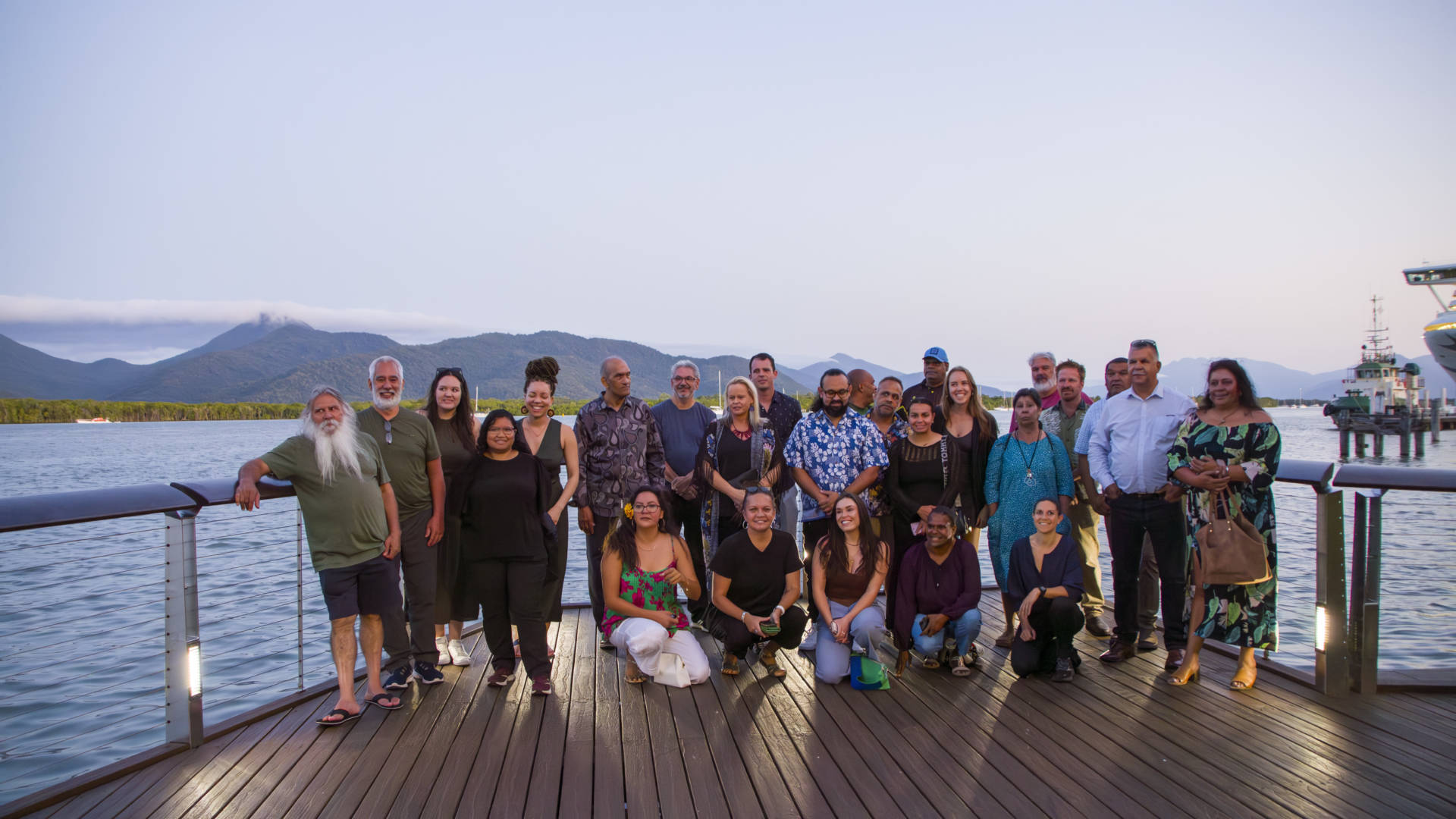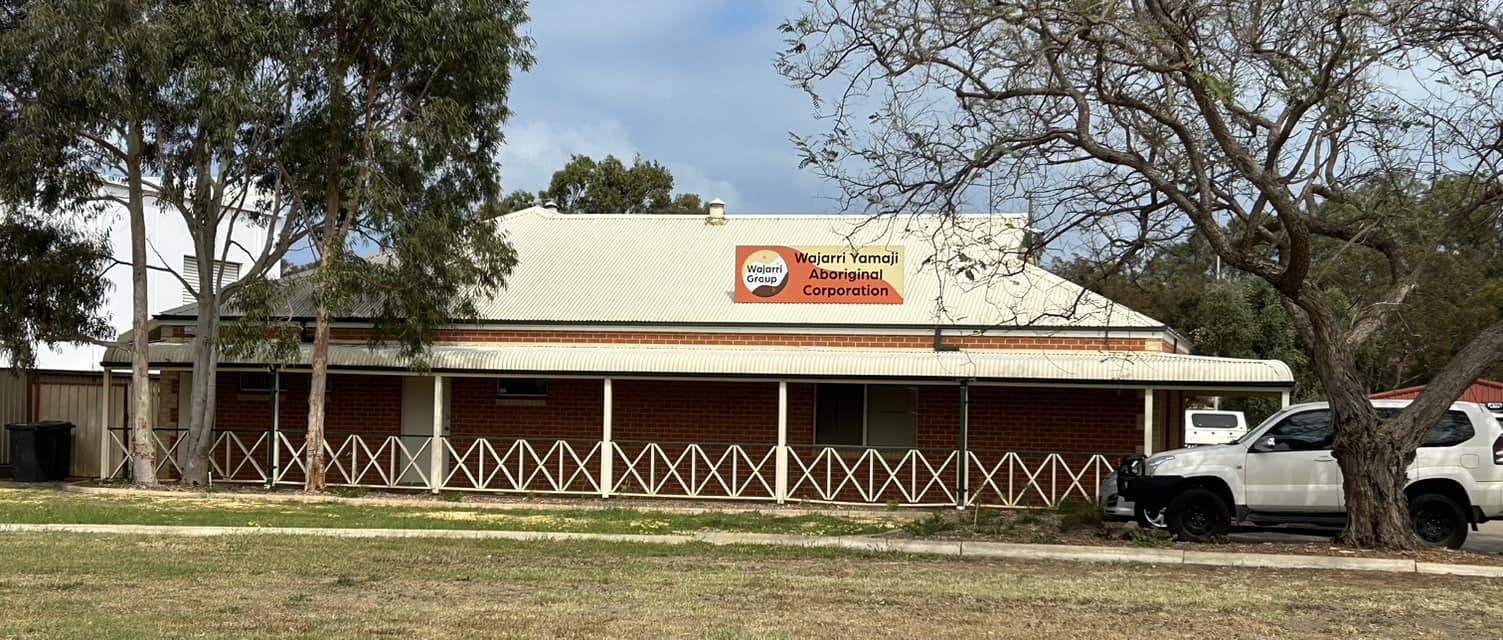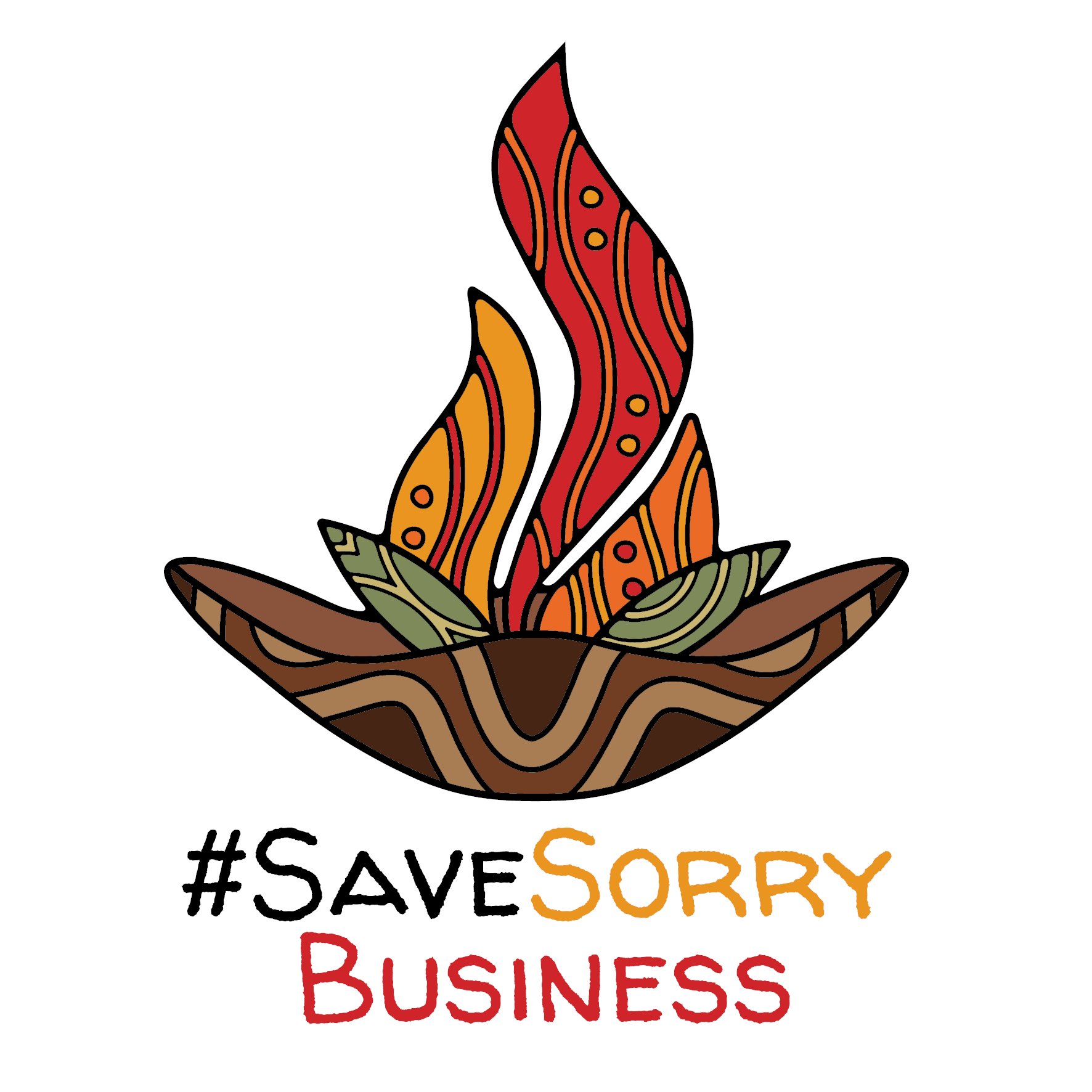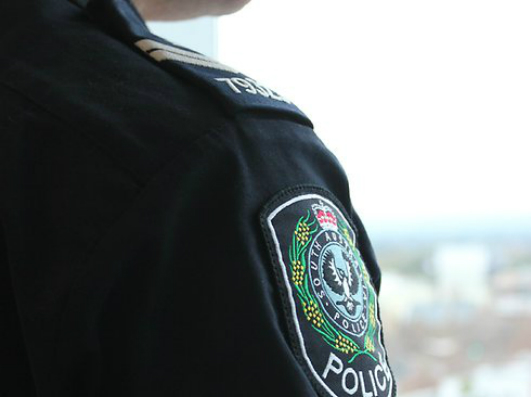The PowerMakers program aims to ensure Indigenous people are partners in the energy transition. (HANDOUT/FIRST NATIONS CLEAN ENERGY NETWORK)
Aboriginal and Torres Strait Islander people are demanding a seat at the table in the clean energy sector and are turning to the Canadian experience as a positive model.
A few First Nations organisations are already moving ahead with ventures in clean energy, including partnerships with established developers in solar and wind.
But experts in the sector believe there’s much more that can be achieved and when Indigenous people are actively involved, outcomes are better for everyone.
In October, the First Nations Clean Energy Network invited members of Canada’s Indigenous Clean Energy, or ICE, to Australia.
The two organisations facilitated a PowerMakers program in Cairns about ensuring Indigenous people are partners in the energy transition, not merely a group to be consulted once crucial decisions are already made.
The five-day PowerMakers program was designed to empower First Nations people to drive participation in and ownership of clean energy solutions in communities.
First Nations Clean Energy Network co-chair Karrina Nolan says without Indigenous people as genuine partners and participants, Australia’s energy transition won’t happen at the pace and scale required.
“First Nations people are already identifying renewable energy solutions needed in homes and communities,” she says.
“They want to plan, build and own energy solutions that positively impact and benefit families and communities already suffering the impacts of climate change.”
Ms Nolan believes previous policy settings have put up barriers inhibiting First Nations participation in the clean energy space.
“Many communities are still reliant on diesel and, where there is electricity, suffer disproportionate power disconnections and related health and wellbeing impacts,” she says.
“Concurrently, these same First Nations communities are responding to multiple proponents – from domestic to multinational – wanting to urgently build massive large-scale energy projects on their land.”
Chris Henderson and Daphne Kay from Indigenous Clean Energy in Canada recently visited Australia.
ICE founding executive director Chris Henderson says while Australia is at the starting block, Canada’s Indigenous communities began seeking clean energy sovereignty and the development of community-led projects more than 20 years ago.
“Since then, First Nations, Métis and Inuit communities have become some of the most powerful clean energy change agents in the country,” he says.
They own or co-own over 20 per cent of Canada’s clean energy infrastructure projects and thousands of smaller, community-based installations.
“In the last decade alone, this First Nations leadership in Canada has fostered 200 medium to large renewable energy projects, helping generate $1.5 billion in Indigenous business and employment contracts.”
Two years ago, a member of the Cowessess First Nation in southern Saskatchewan, Daphne Kay, participated in ICE’s capacity-building initiative.
“We don’t consider ourselves stakeholders, we consider ourselves rights-holders,” says the now global hub manager for ICE.
“We have rights over this land, meaning we have obligations to steward the land in a sustainable way for the next generations of all creation.
“Unfortunately, Indigenous peoples around the world experience systemic legacies of colonisation.
“As we take back our power and create spaces like the PowerMakers program, we are healing ourselves, we are reconnecting to each other and the land and envisioning how we move forward as a collective.”
Last week, Yindjibarndi Energy Corporation signed a memorandum of understanding with mining giant Rio Tinto to explore opportunities to collaborate on renewable energy projects in the Pilbara.
Rio Tinto’s Simon Trott and Yindjibarndi corporation’s Michael Woodley took part in negotiations.
YEC, which was established following an agreement between Yindjibarndi Aboriginal Corporation and renewable energy developer ACEN, will evaluate a range of opportunities on Yindjibarndi country with the miner including wind and solar power and battery energy storage systems.
The initial focus is on rapidly exploring the development of a solar generation facility to supply energy to Rio Tinto.
Yindjibarndi Aboriginal Corporation chief executive Michael Woodley says ngurra (country) is ideal for developing renewable energy generation.
“Our people are encouraged by Rio Tinto’s interest in building this capacity with us,” he says.
“This will strengthen our existing partnership and provide long term benefits for our community, while also ensuring we can protect and preserve the areas of cultural, spiritual and environmental significance within our ngurra.”
With the First Nations Clean Energy Network supported by the federal government, delegates met with Energy Minister Chris Bowen earlier this month.
In her keynote address at the All-Energy Australia conference in Melbourne on Wednesday, Australia’s Ambassador for Climate Change Kristin Tilley said the government was co-designing a First Nations clean energy strategy with Indigenous stakeholders.
She said the strategy aimed to empower Indigenous communities to participate in their electricity supply arrangements and development of energy infrastructure including large scale projects on First Nations land and sea country.
Ms Nolan welcomed $75 million in investment from the Australian Renewable Energy Agency and said it was needed to build on the dozen projects with Indigenous communities already in the pipeline.
“One of the things that’s really key is this transition to clean energy needs to happen at a really fast pace but it needs to happen with justice central to it, and it needs to happen with First Nations’ leadership, consent and benefits,” she said.
First Nations Clean Energy Network co-chair Chris Croker says when an energy project developer begins negotiations with Indigenous people in Canada, it’s from a position of a minimum 50 per cent community ownership.
“In Australia we have to start negotiations at zero per cent and then argue for anything better,” he says.
“In Canada there are capacity-building obligations on developers and employment targets and even wider community benefits like investing in the health infrastructure of regional towns.
“We’re years away from doing that.”
Mr Croker and Ms Nolan are hoping PowerMakers will spark change, as it covers practical and applied learning in renewable energy, including project ownership and negotiation, community energy planning, business management and advanced energy systems.
The goal is to equip First Nations participants with skills to spearhead while taking Indigenous leadership of the clean energy transition in Australia to the next level.
“We need to educate ourselves otherwise we’re gonna get steamrolled and bamboozled,” Mr Croker sasays.
“We want to make sure our Aboriginal Torres Strait Islander members and communities are actually in the decision-making seat so we can help inform better outcomes.
“Projects getting built in the right location, making sure our country and heritage is getting protected, but also ensuring we’re actually getting local employment, upskilling and benefits flying back to our communities.”
AAP





